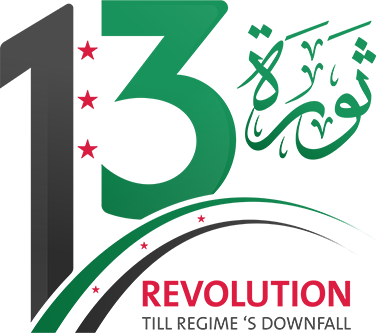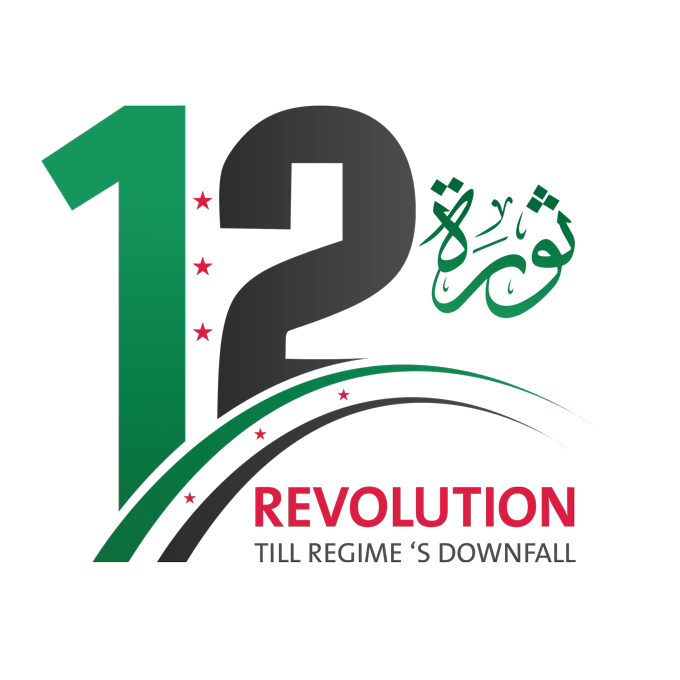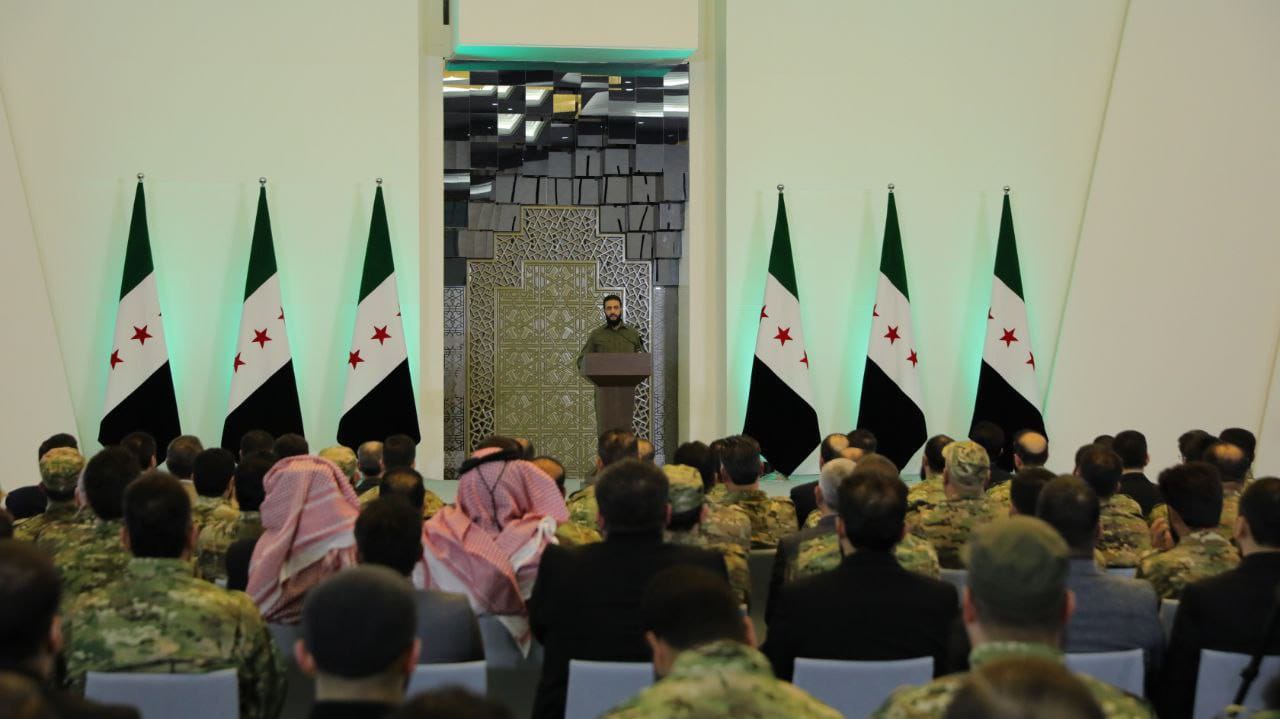The United Relief Office in eastern Ghouta said that as many as 5,131 families had been displaced in the Damascus suburb since the beginning of January.
Communications officer in the Office Ali Abu Eisha told Smart News Network that 35 families were displaced from the town of Hammouriya, 1,300 families from the town of Arbeen, 1,250 families from the town of Misraba, 500 families from Ayn Tarma, 1,722 families from the towns of Al-Mari sector, 224 families from Douma, and 50 families from Harasta.
Abu Eisha pointed the majority of the displaced households fled towards the towns of Zamalka and Saqba. He noted that the households that were displaced in the district of Douma sought refuge in neighborhoods that are coming under relatively less violent bombardment. The displaced households live in houses of relatives or in houses that were provided by the housing centers, while other households were forced to live in tents.
The Office warned that the displaced people are under risk of the spread of diseases due to the lack of adequate shelter and heating equipment, adding that the new wave of mass displacement is likely to place greater economic and psychological burdens on the host communities.
The latest wave of internal displacement was caused by the intensified bombardment by the Assad regime forces on the towns and villages of eastern Ghouta, the Office added. Severe shortages food in terms of quantity and quality risk causing undernourishment and forcing children and women of these households to resort to begging to feed themselves.
According to the latest figures published by the Office, 140 children in eastern Ghouta suffer from severe acute malnutrition while 300 others suffer from moderate malnutrition.
Late 2017 also saw mass displacement of civilians in eastern Ghouta, with some 750 families fleeing their homes in the districts of Harasta and Madyara on November 17 2017 to other districts inside the area to escape the relentless bombardment by regime forces and their allies.
The Assad regime and its allies have recently stepped bombardment on towns and villages in eastern Ghouta. The area is home to around 400,000 civilians who live in in tragic conditions as a result of the tightened siege and constant bombardment.
In early January, Amnesty International said that the Assad regime had used Soviet-made internationally banned cluster munitions in attacks on populated areas in eastern Ghouta, accusing it of committing war crimes on “an epic scale.” (Source: Syrian Coalition’s Media Department)













